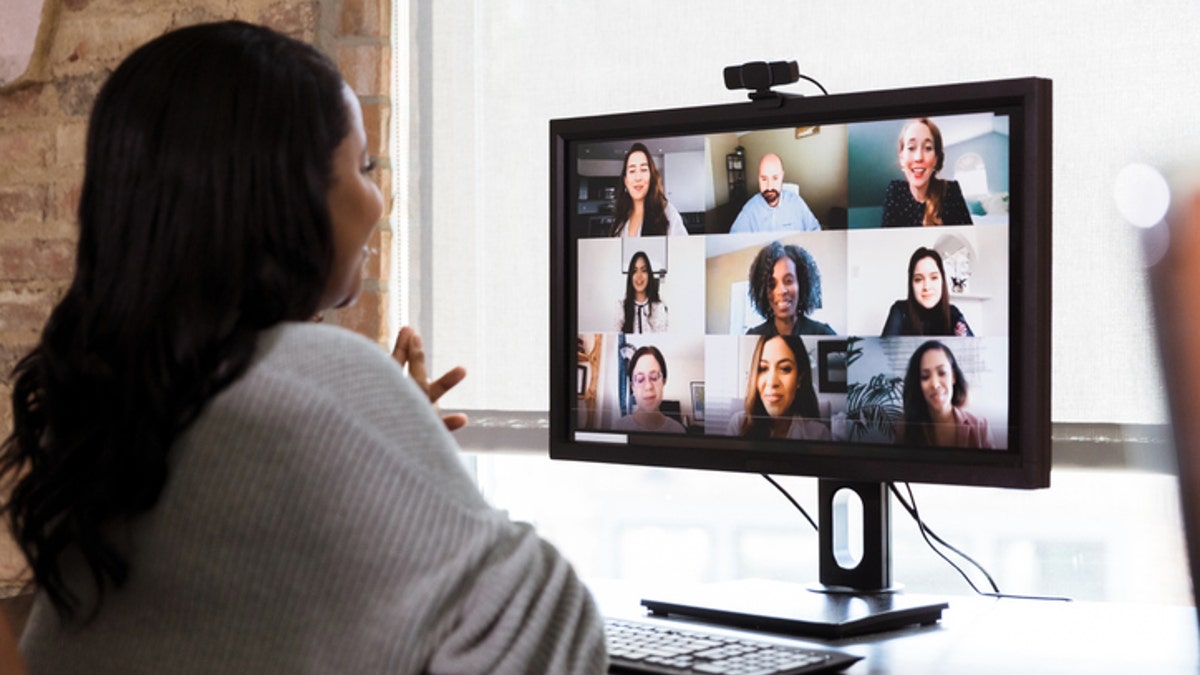Why colleges cannot efficiently switch to Zoom learning
Ryan Carson is the CEO and Founder of Treehouse, an online coding school where users can learn how to code an app and build a website. In an interview with Fox News, Carson broke down why attempting to convert an in-person model of teaching to Zoom is ineffective for students and why paying 40,000 dollars is ‘completely bonkers’.
Being "on" all the time is exhausting.
Turns out "Zoom fatigue," which has been described as mental exhaustion for anyone working, learning or teaching from home via videoconferencing tools, is real, new scientific research suggests. The findings come about a year after the coronavirus pandemic changed the way Americans live and work in the new virtual world.

New research suggests "Zoom fatigue" is real. (iStock)
Research from Stanford published in the journal "Technology, Mind and Behavior," found that being "on" all the time — usually from behind a computer screen — has triggered more stress and is making it harder for people to be intimate in real life.
Professor Jeremy Bailenson, a founding director of the Standford Virtual Human Interaction Lab, analyzed the psychological consequences of spending hours in front of video conferencing platforms like Zoom and found several reasons why it causes tiredness and fatigue among humans.
WHY DOES ZOOM EXHAUST YOU? SCIENCE HAS AN ANSWER
For starters, excessive amounts of eye contact can become straining and intense, Bailenson notes, explaining that feeling the pressure of being watched or listened to can be anxiety-inducing. To combat this, Bailenson suggests formatting your Zoom screen to a shrunken window rather than keeping it in the square format, so the audience seems less intense.
"Social anxiety of public speaking is one of the biggest phobias that exists in our population," said Bailenson, according to Stanford News. "When you’re standing up there and everybody’s staring at you, that’s a stressful experience."
CLICK HERE TO SIGN UP FOR OUR LIFESTYLE NEWSLETTER
Bailenson also says lack of mobility also takes a toll on cognition and recommends people move around when possible during virtual meetings, whether it’s just pacing around or turning the video off to stretch your legs during longer meetings.
Bailenson’s paper also notes that video calls make people feel like they're under a microscope and therefore must think about simple movements and gestures like yawning or stretching.
CLICK HERE TO GET THE FOX NEWS APP
Still, finding the proper Zoom-life balance is crucial with more people operating with remote capabilities. The platform surged from 10 million users in 2020 to more than 300 million.


